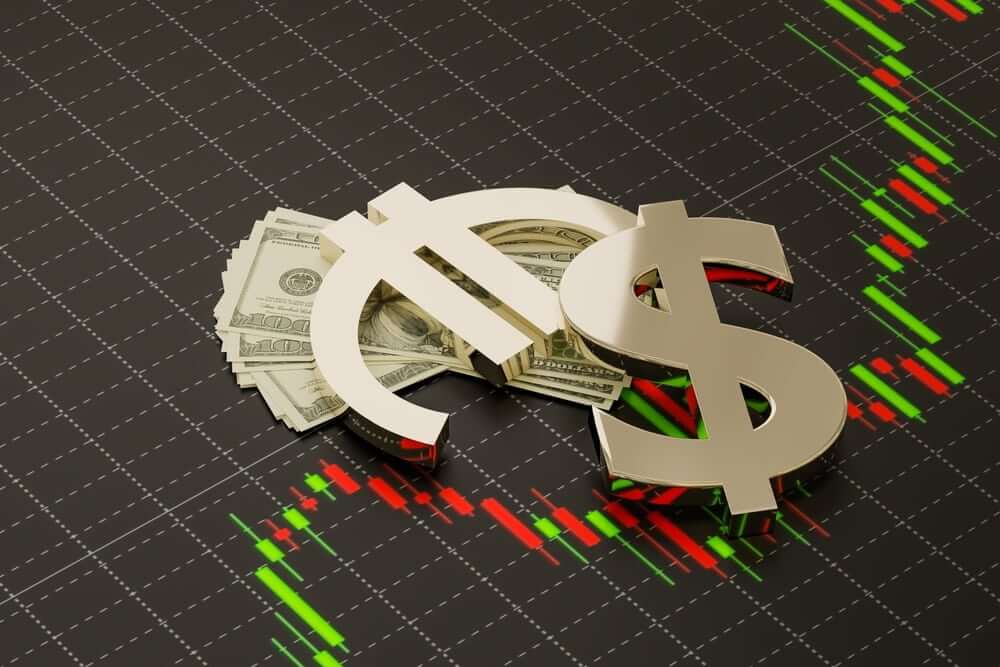
The US dollar saw significant gains in late trading on Wednesday as investors closely monitored remarks from various Federal Reserve officials and kept a watchful eye on the evolving situation in the Middle East conflict.
The dollar index, which measures the greenback against six major peers, demonstrated a notable increase of 0.29%, reaching 106.5588 in late trading. This uptrend was attributed to the shifting sentiment regarding interest rates and inflation.
Divergent Views from Fed Governors
Federal Reserve Governor Christopher Waller expressed caution, advocating for a patient approach in the central bank’s interest rate decisions. Waller emphasized the importance of evaluating the US economy and inflation trends before committing to further rate hikes.
On the other hand, New York Fed President John Williams held a contrasting view. He emphasized the need to maintain higher interest rates for an extended period to achieve the US central bank’s 2.00% inflation target.
The US housing market in September displayed mixed signals. Building permits, a leading indicator for construction activity, declined by 4.40% compared to August. However, housing starts increased by 7.00% on a monthly basis, indicating resilience in the housing sector.
Inflation Rates in the UK and Eurozone
Inflation rates in the UK and the eurozone held steady in September. Consumer prices in the UK rose by 6.70% year-on-year, while the eurozone’s Consumer Price Index (CPI) stood at 4.30%.
In late New York trading, the euro depreciated against the US dollar, falling from 1.0570 to 1.0536 dollars. The British pound also weakened, moving from 1.2174 to 1.2144 dollars.
The US dollar’s performance extended to other currencies as well. It traded at 149.8980 Japanese yen, surpassing the previous session’s 149.7680 yen. Against the Swiss franc, the US dollar decreased slightly to 0.8990 from 0.9005 Swiss francs. Additionally, the US dollar rose against the Canadian dollar, reaching 1.3710 from 1.3646 Canadian dollars. It also appreciated against the Swedish krona, reaching 11.0259 from 10.9252 Swedish krona.
Factors Behind the Dollar’s Rise
The dollar’s ascent was attributed to expectations that the Federal Reserve would maintain higher interest rates for a prolonged period to combat inflation and achieve its annual 2.00% target. The currency was also influenced by the escalating conflict in the Middle East, which drove safe-haven demand for the dollar.
Future Expectations
While Fed funds futures traders are pricing in a 39.00% chance of a year-end rate hike, Waller’s cautious approach indicates that the next meeting may not see a rate increase. However, the Fed’s commitment to a restrictive stance on policy remains, impacting future rate decisions.
Dollar: Economic Impact and Outlook
The US economy has shown resilience, with labour market conditions easing and prices gradually increasing. The dollar index reflected this strength, rising by 0.32% to reach 106.55. Despite fluctuations, the dollar remained above the 107.34 level achieved earlier in October.
Overall, the dollar’s performance is closely tied to interest rates and the Federal Reserve’s commitment to fighting inflation due to the Middle East conflict. As the Fed’s stance on policy becomes clearer, it will continue to influence currency movements in the coming weeks.


